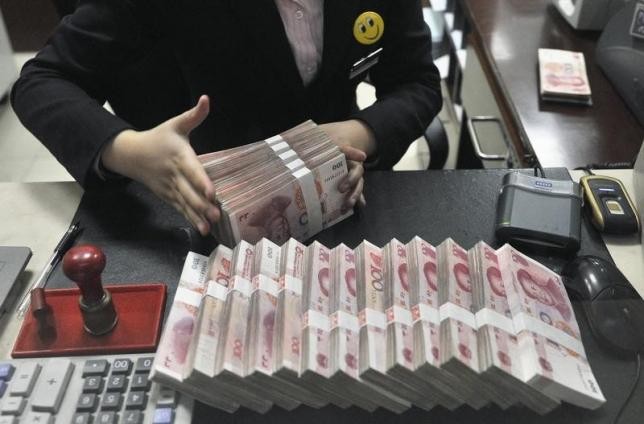Though a Bloomberg survey noted that nine out of 15 respondents said that a government-backed recapitalization could happen in Chinese banks in two years as non-performing loans increase, experts argue that this move is deemed unnecessary, the Global Times reported.
"At the moment, banks have adequate pre-provisioning earnings to write off bad debts equivalent to 2.5 percent to 3 percent of their loan portfolio if they are willing to do it on their balance sheets," Liao Qiang, senior director of financial ratings institution S&P Global Ratings, shared with the publication.
Nonetheless, Liao agreed that China's fast-growing loans, though a major contributor in economic growth, comes with serious risks.
"With current pace of rise in credits, the liquidity buffer in the system could be wiped out in two years, which may expose Chinese banks to systemic risks stemming from a combination of asset quality slippage and liquidity shocks," the article wrote.
Experts warn that China could not sustain growth while it is deleveraging at the same time, which means its credit growth is slower than nominal GDP's.
Currently, the government has set 13 percent as its target for credit growth while GDP growth was set at 6.5 percent.
Data from the China Banking Regulatory Commission (CBRC) shows that NPLs in Chinese commercial banks have already reached 1.39 trillion yuan by the end of the first quarter this year. By the end of 2015, the ratio was at 1.39 percent.
Laio, however, said that the official NPL ratio may understate China's bad loan scenario as many troubled loans that should have been categorized as NPLs were wrongly recognized as special mention loans (SMLs). These type of loans are loans whose borrowers' difficulties may threaten repayment.
Back in April, the IMF issued a report that China's debt-at-risk approximately accounts for 15.5 percent of last year' corporate loans worth 52.6 trillion yuan. The total risky loans are estimated to reach 8.2 trillion yuan, with potential losses of about 6.5 percent of the country's GDP.
Liao suggested that in order to measure Chinese banks' bad loans, reported NPLs and SMLs should be summed up together, which according to CBRC data, was at 5.76 percent by the end of 2016's first quarter.
The government is undertaking various interventions to resolve China's increasing NPLs. These options include NPL securitization, debt-equity swap and selling of NPL to asset management firms.



























